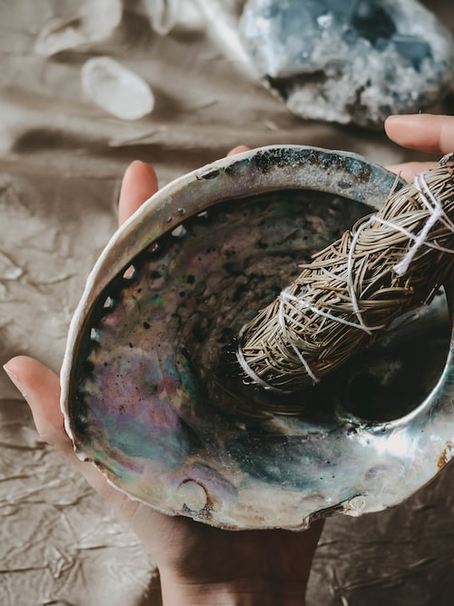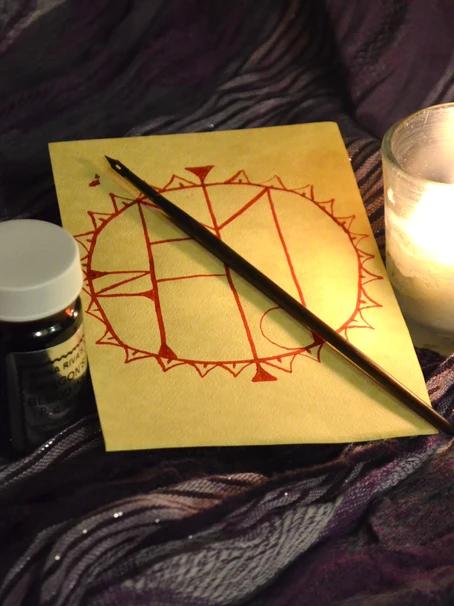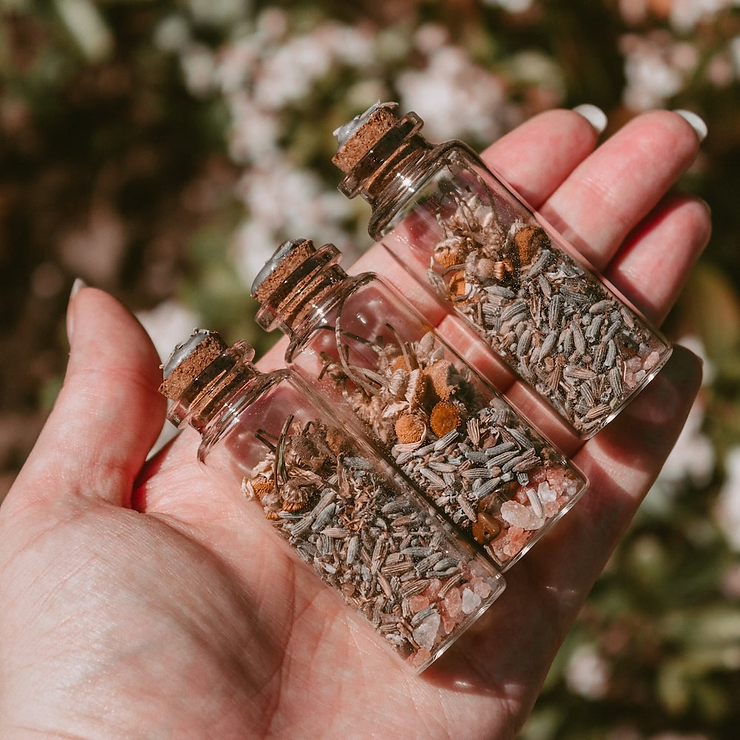
A New Witch’s Introduction to Casting Spells and Using Spell Kits
Did you know that spell-casting is one of the oldest spiritual practices in the world? That’s right! Ancient civilizations dating back to the first millennium

The origins of tarot cards are somewhat mysterious, but it is believed that they were first created in Italy in the 15th century as a type of playing card. The tarot was not used for divination until much later, in the 18th and 19th centuries. The tarot as we know it today consists of 78 cards, divided into the Major Arcana (22 cards) and the Minor Arcana (56 cards). Each card has its own unique symbolism and meaning.
The Tarot is composed of 78 cards that are divided into two main sections: the Major Arcana and the Minor Arcana. The Major Arcana, also known as the trump cards, consists of 22 cards that depict archetypal images and represent major life events or themes, such as the Fool, the Magician, the High Priestess, the Empress, and the Death card. These cards represent significant spiritual or psychological journeys and are typically used for deep introspection, soul searching, and personal growth.
On the other hand, the Minor Arcana consists of 56 cards that are divided into four suits: Cups, Swords, Wands, and Pentacles. Each suit represents a different element (water, air, fire, and earth) and is associated with different aspects of daily life, such as emotions, intellect, creativity, and material possessions. Each suit contains ten numbered cards and four court cards (Page, Knight, Queen, and King) that represent different personalities or archetypes.
The Minor Arcana is usually used for more practical, day-to-day readings and can provide more specific details and guidance on a particular situation or issue. While the Major Arcana cards represent the big picture or overarching themes, the Minor Arcana provides details on how to navigate through those themes in everyday life.

Witches use tarot cards as a divination tool and in spellwork in a variety of ways. In divination, the cards are arranged in a spread, and the interpretation of the cards can help the witch gain insights, guidance, and inspiration from the divine.
There are many different types of tarot card spreads that a reader can use to interpret the cards. Some of the most common spreads include:
In spellwork, witches may use the cards to help focus their intention and to incorporate the symbolism and energy of the cards into their spells. For example, a witch may choose a card that corresponds to the energy they want to manifest and use it as a focal point for their intention.
Some tips for reading tarot cards:
In tarot, wands, swords, pentacles, and cups are four of the suits used in the Minor Arcana. Each suit is associated with a different element and represents different aspects of life.
Wands: The suit of wands is associated with the element of fire and represents creativity, energy, passion, and ambition. They often represent career or work-related matters, inspiration, and personal growth.
Swords: The suit of swords is associated with the element of air and represents thoughts, ideas, communication, and conflict. They often represent mental or emotional challenges, decision-making, and intellectual pursuits.
Pentacles: The suit of pentacles is associated with the element of earth and represents material wealth, practicality, stability, and physical health. They often represent financial or business matters, home life, and the physical world.
Cups: The suit of cups is associated with the element of water and represents emotions, relationships, intuition, and spiritual connections. They often represent matters of the heart, love, and creativity.
It is important to note that the interpretation of each card can vary depending on the context of the reading and the personal interpretation of the reader.
In both divination and spellwork, witches may also use the imagery and symbolism of the cards to deepen their understanding of themselves and the world around them. The cards can help witches connect with the divine, enhance their intuition and inner wisdom, and gain clarity on a specific issue or situation. Overall, tarot cards can be a powerful tool for witches seeking insight, guidance, and inspiration in their practice.
#tarot #divination #ritual #spellwork #witch #wicca



Did you know that spell-casting is one of the oldest spiritual practices in the world? That’s right! Ancient civilizations dating back to the first millennium

In the realm of majick and spellwork, sigils stand as powerful tools of manifestation and intention. These mystical symbols, crafted with intention and purpose, have

No ritual is complete without spell-casting! The practice of casting spells has been around for centuries. Many indigenous cultures continue to cast spells using their
I love these products! They come quickly and are well packaged! The Euphoria Oil smells amazing! Will be buying from this store again
The Euphoria ritual oil smells amazing! Everything came very well packaged especially from this oncoming summer heat.
Loving the prices! Some of the bundles are a little more than I can do right now but, for the most part I am truly pleased with my birthday present(s)
I absolutely LOVE these earrings! Items shipped fast, and were well packaged. I even got a a sample of body oil with purchase!
The packaging was beautiful! Instructions were easy to understand. I haven’t seen any results as of yet as I have only completed one ritual, but i can tell by the energy from it that it will work!





Subscribe to our newsletter and get in touch with the latest updates.
Welcome to Moonstruck Majick! We are an online boutique that supplies the witching world and alternative spirituality practitioners with ritual and spell supplies, curated from artisans across the United States.
© Copyright 2023 Moonstruck Majick . All Rights Reserved
© Copyright 2023 Moonstruck Majick . All Rights Reserved